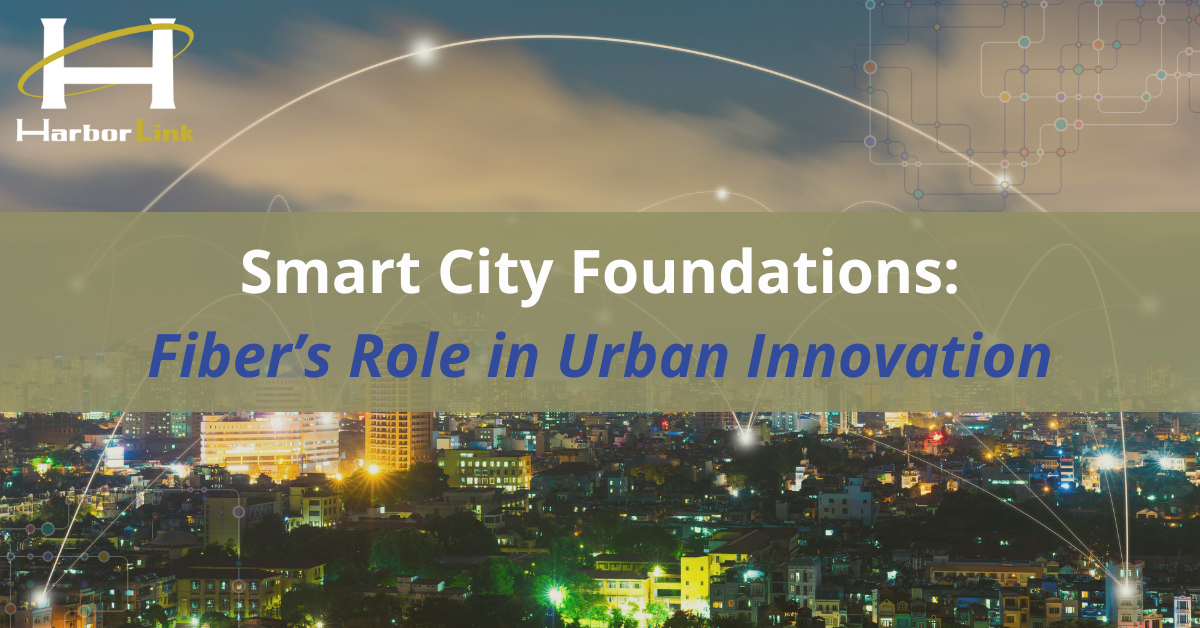Originally posted on Harbor Link.
As more cities adopt digital tools to improve daily life, reliable fiber infrastructure is becoming a key part of that progress. From traffic systems that adjust to real-time conditions to energy grids that monitor and manage usage, unlit fiber plays an essential role in helping cities operate more efficiently.
Unlit fiber gives municipalities a dedicated, high-capacity option for transmitting data across multiple systems. This type of fiber is not in use yet but is available to power new applications as needed. It supports faster communication, enhanced security, and better performance for the digital services that smart cities rely on.
City services depend on strong fiber networks to work properly. Traffic signals use sensor data to improve flow and reduce delays. Utility departments rely on fiber to monitor power and water usage in real time and to respond quickly to changes. Public safety systems, such as surveillance cameras and emergency alerts, also need fast and reliable data connections.
To continue reading, please click here.


